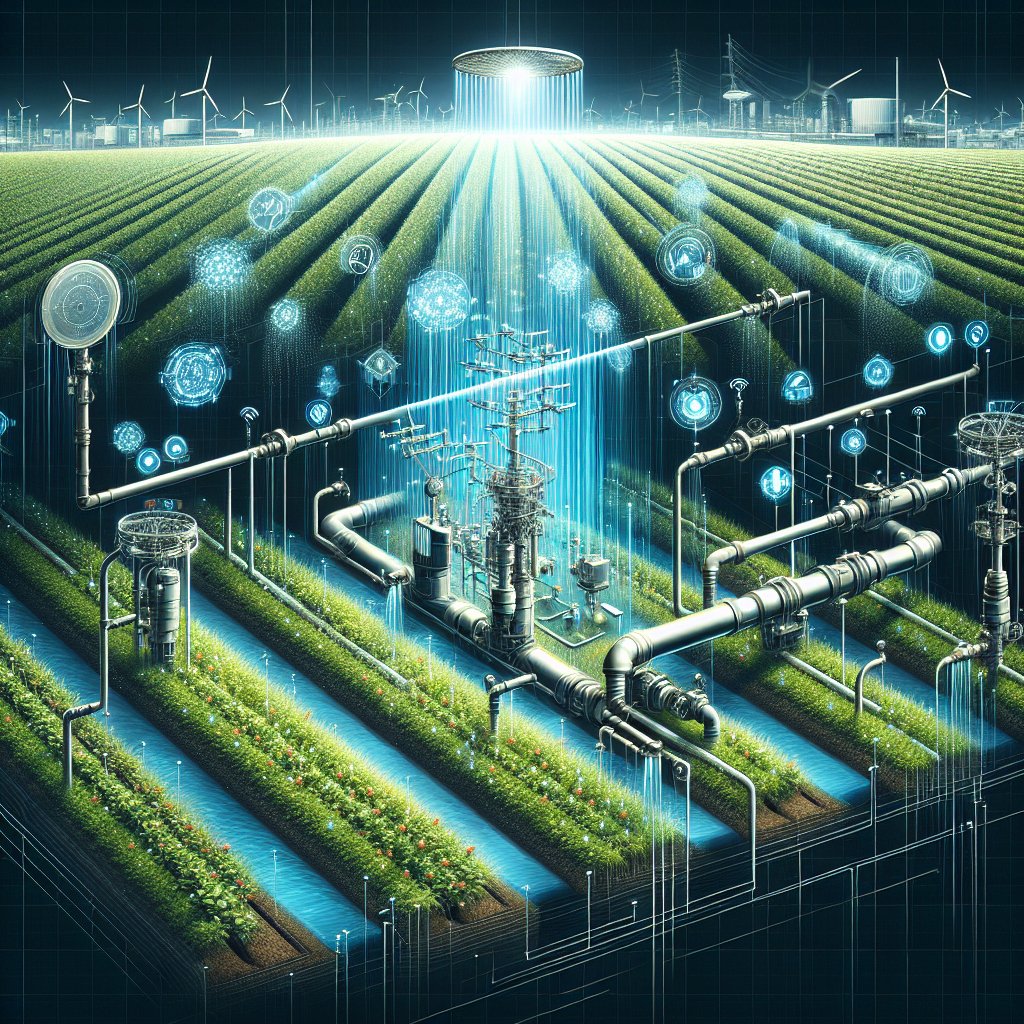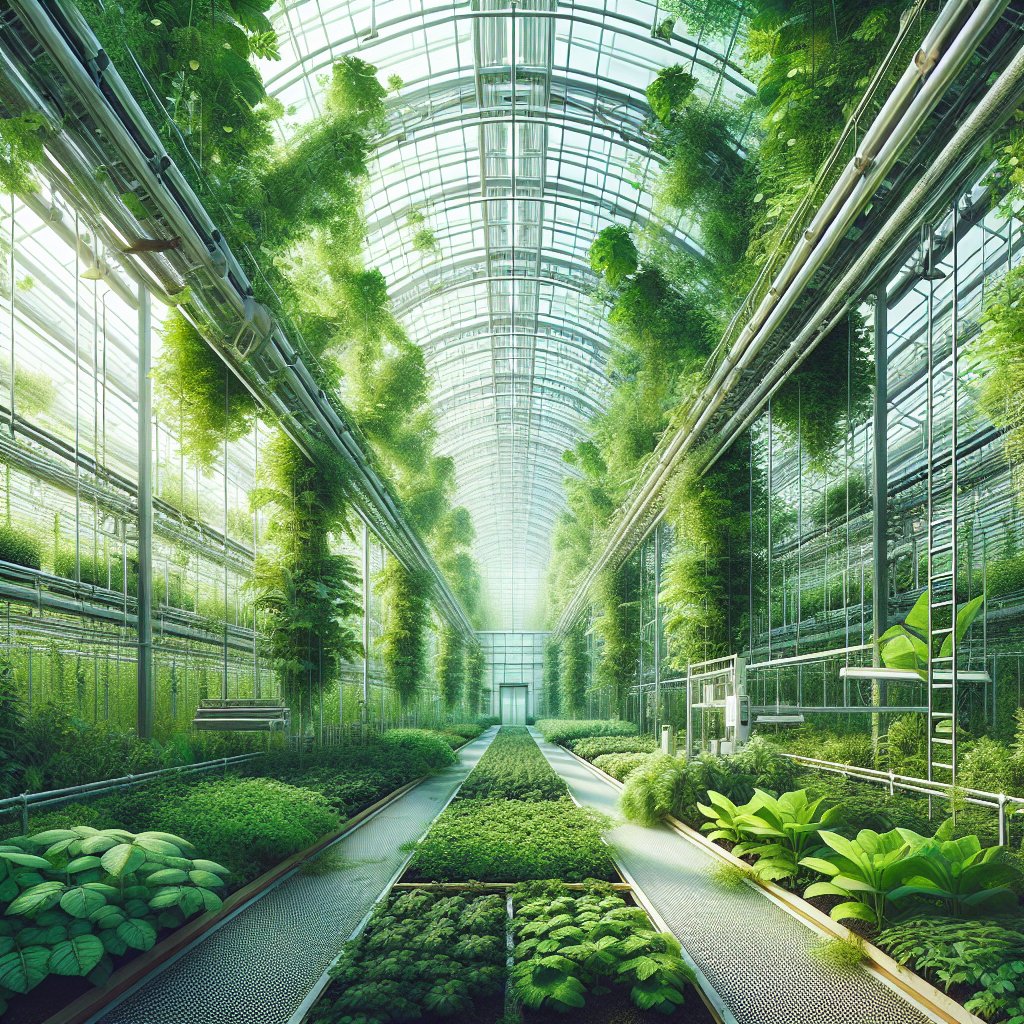As the world grapples with the challenges of climate change and the need for sustainable energy solutions, the potential of solar-powered farms emerges as a promising avenue for innovation in agriculture. This article explores the integration of solar energy into farming practices, examining its benefits, challenges, and future prospects.
Harnessing Solar Energy in Agriculture
The integration of solar energy into agriculture is not just a futuristic concept but a growing reality. Solar-powered farms utilize photovoltaic panels to convert sunlight into electricity, which can then be used to power various farming operations. This approach offers a sustainable alternative to traditional energy sources, reducing the carbon footprint of agricultural activities.
One of the primary advantages of solar-powered farms is their ability to provide a reliable and renewable source of energy. Unlike fossil fuels, which are finite and subject to market fluctuations, solar energy is abundant and free. By harnessing the power of the sun, farmers can reduce their dependency on external energy sources, leading to cost savings and increased energy security.
Moreover, solar energy can be used to power a wide range of agricultural equipment and processes. From irrigation systems and greenhouse heating to livestock operations and crop processing, solar power can be adapted to meet the diverse energy needs of modern farms. This versatility makes it an attractive option for farmers looking to enhance their sustainability and efficiency.
Challenges and Considerations
Despite its potential, the adoption of solar energy in agriculture is not without challenges. One of the primary obstacles is the initial cost of installing solar panels and related infrastructure. While the long-term savings can be significant, the upfront investment can be a barrier for many farmers, particularly those operating on a smaller scale.
Additionally, the efficiency of solar panels can be affected by various factors, including geographic location, weather conditions, and the availability of sunlight. In regions with limited sunlight or frequent cloud cover, the effectiveness of solar energy may be reduced, necessitating the use of supplementary energy sources.
Another consideration is the land use implications of solar panel installations. While solar panels can be mounted on rooftops or integrated into existing structures, larger installations may require dedicated land, which could compete with agricultural production. Balancing the need for energy generation with the preservation of arable land is a critical consideration for the successful implementation of solar-powered farms.
Innovative Solutions and Future Prospects
To overcome these challenges, innovative solutions are being developed to enhance the feasibility and efficiency of solar-powered farms. One such solution is the concept of agrivoltaics, which involves the simultaneous use of land for both solar energy production and agriculture. By strategically placing solar panels above crops, farmers can generate electricity while maintaining agricultural productivity.
Agrivoltaics offers several benefits, including improved land use efficiency and the potential for microclimate regulation. The shade provided by solar panels can help reduce water evaporation and protect crops from extreme weather conditions, potentially enhancing crop yields and resilience.
Furthermore, advancements in solar technology continue to drive down costs and improve efficiency. Innovations such as bifacial solar panels, which capture sunlight on both sides, and solar tracking systems, which optimize panel orientation, are making solar energy more accessible and effective for agricultural applications.
Looking ahead, the potential of solar-powered farms is vast. As technology continues to evolve and the demand for sustainable energy solutions grows, the integration of solar energy into agriculture is likely to become increasingly prevalent. By embracing this renewable energy source, farmers can contribute to a more sustainable and resilient food system, while also reaping the economic and environmental benefits of reduced energy costs and emissions.
In conclusion, the potential of solar-powered farms represents a significant opportunity for the agricultural sector. By harnessing the power of the sun, farmers can enhance their sustainability, reduce their environmental impact, and improve their energy security. While challenges remain, ongoing innovations and advancements in solar technology are paving the way for a brighter and more sustainable future in agriculture.



